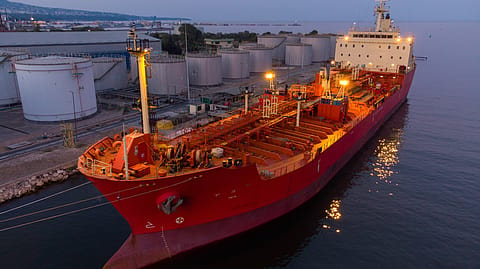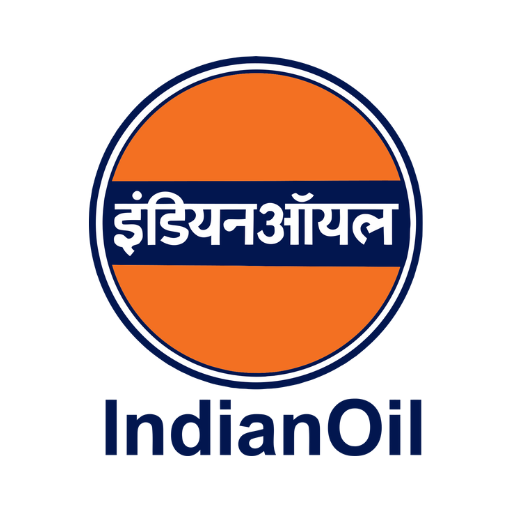Halting Russian crude purchases to raise fuel prices, hurt industries
Russian oil has boosted the profitability of Indian refiners, including RIL, IOCL, BPCL, Nayara Energy, and HPCL. What happens if the taps are turned off?

As the U.S. intensifies pressure on New Delhi to halt Russian oil imports for ending the war in Ukraine, the unease is spreading across trading floors of India’s refining companies. Insiders say refiners are hesitant to place fresh orders without clear direction from the government.
Currently, the discount on Russian crude has narrowed to around $2 a barrel—down sharply from the earlier highs—mainly due to rising freight costs and higher insurance premium on Russian shipments, a senior company executive explains. “If we shift entirely to Middle Eastern crude, the demand there will surge, tightening supply and pushing up prices globally.”
On October 16, following U.S. President Donald Trump’s claim that Prime Minister Narendra Modi had assured him India would soon stop buying Russian oil, the Ministry of External Affairs (MEA) offered a carefully worded response. MEA spokesperson Randhir Jaiswal said India’s import policies are “guided by the objective of safeguarding national interests and ensuring the welfare of Indian consumers in a volatile energy scenario.”
When most of the developed world shunned Russian oil after Moscow’s invasion of Ukraine in 2022, India stepped in and reaped the rewards. Initially, Russian barrels came with hefty discounts of $10-12 per barrel. For domestic refiners such as RIL, Indian Oil Corp Ltd (IOCL), Bharat Petroleum Corp Ltd (BPCL), Hindustan Petroleum Corp Ltd (HPCL), and Nayara Energy, it was a bonanza. Cheap Russian grades such as Urals and ESPO arrived just as global crude prices were swinging wildly and refining margins were thinning.
The discounts allowed Indian refiners to lock in strong profits through FY25. RIL, which operates the world’s largest refining complex, posted a gross refining margin (GRM) of around $8.5 per barrel, aided by low-cost crude and strong export demand for diesel and jet fuel. BPCL followed with $6.8 per barrel, HPCL with $5.7, and IOC—the country’s biggest state-run refiner—averaged $4.8. The variation in margin largely reflected the higher and efficient sourcing of discounted Russian crude and optimised product mix.
The calm was broken after Trump’s claim about Modi’s assurance on Russian oil. Though New Delhi stopped short of a direct denial, the MEA’s statement was enough to rattle India Inc. Executives admit any directive to curb Russian imports would squeeze margins and push them towards higher-cost suppliers in the Middle East and the U.S. Industry estimates suggest a $5-per-barrel increase in crude costs could erode refining margins by over 20%. With export spreads already narrowing, refiners would face a tough choice of either absorbing the hit or passing it on to consumers. But raising domestic fuel prices is politically fraught—especially ahead of elections in states.
India imports nearly 85% of its crude requirement. The influx of cheap Russian oil helped reduce the import bill through FY24-25, saving an estimated $6-8 billion. Without that cushion, the import bill would swell, besides widening the current account deficit and increasing demand for dollars. A larger oil bill would also weigh on the rupee, which has been hovering near record lows. A weaker rupee will also make all imports costlier, complicating the Reserve Bank of India’s efforts to control inflation.
Recommended Stories
Higher fuel prices would send ripples across the economy, raising input costs for industries such as cement, paints, and chemicals. For refiners, the loss of Russian crude would mark a return to leaner times. RIL could leverage its scale and integrated petrochemical operations to offset some of the blow, but state-run refiners—IOC, BPCL, and HPCL—would feel the pressure, being more tightly bound to regulated domestic pricing. Nayara Energy, majority-owned by Russia’s Rosneft, faces an even more delicate situation. Already under scrutiny from U.S. and European authorities due to its Russian ties, it could find operations increasingly constrained if sanctions tighten further.
In these years, India has become the world’s second-largest buyer of Russian fossil fuels after China. Meanwhile, Russia has steadily pushed for moving away from dollar-based trade, increasingly using roubles and yuan for transactions in a bid to sidestep Western sanctions. India, too, has experimented with rupee-rouble and rupee-dirham arrangements, though challenges remain around exchange rate volatility and limited convertibility.
For now, refiners are waiting for clarity. But one thing is certain-- if the Russian oil tap runs dry, Indian consumers and the economy will feel the heat.


